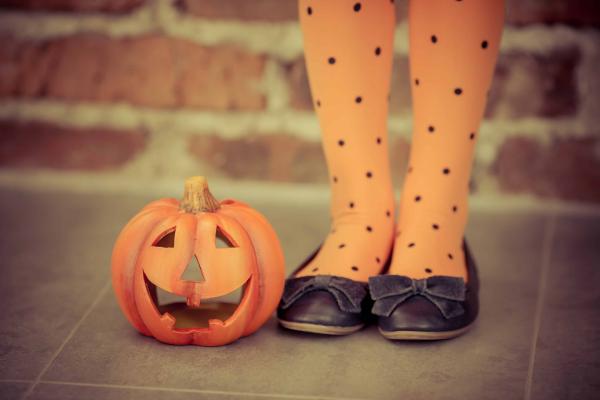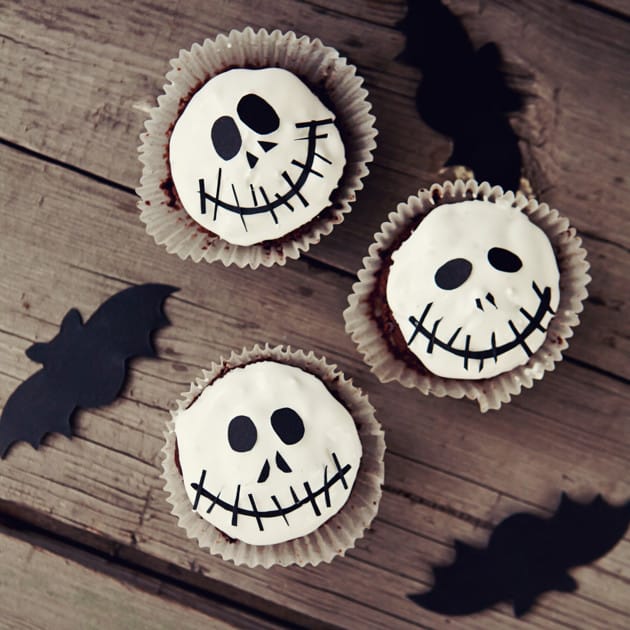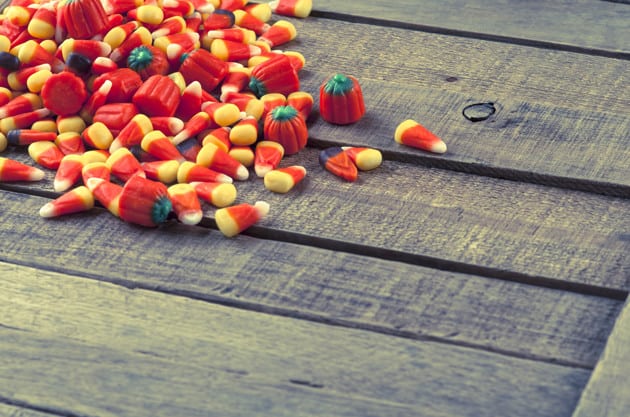
When autumn leaves fall and pumpkins come alight at night, you know that Halloween is on the horizon. And while this time of year may shorten the attention spans of young learners, Halloween can actually present some practical educational opportunities. In fact, when it comes to candy collecting, pumpkin carving and treat measuring, figures and equations may be just as common as bats and spiders on All Hallows' Eve. Turning the spooky holiday into a fun way to teach kids various math skills is easier than you think.
Candy probability
If half the houses on a street hand out chocolate bars and the other half either give away gummy bears or sour candies, what's the probability that you'll get a chocolate bar at any given house? Whether you're writing a word problem (like this one from math-drills.com) or creating a real-life scenario based on your child's actual trick-or-treating experience, Halloween candy collecting is the perfect backdrop for teaching kids probability. After all, a math problem is much more relatable when it involves chocolate and gummy bears.
Cupcake fractions
Teaching kids about fractions becomes much easier when you're working in flour and sugar, so take advantage of the festiveness of the season by baking with your kids. Help them learn and compare the various measurements by limiting the tools they use. For example, instead of giving them a ¼ cup measure and a 1-cup measure, give them only ¼. Then ask them to calculate a cup of flour (or whatever the recipe calls for). This will help kids learn how fractions make up whole numbers.
Spooky worksheets
If you're looking for some tried-and-true Halloween math drills, make them festive with holiday-themed worksheets. Simple printables like those from Kidzone Worksheets or those from math-drills.com can make math activities easy for you and worthwhile for the kids. Be sure to choose worksheets appropriate for the age, grade or skill level of your child.
Geometric pumpkins
Sure, jack-o-lanterns are spooky, but they can also be smart - especially with all the geometric shapes you carve into them. This year, make your pumpkin-carving party a bit more intelligent by using protractors to help kids measure angles for eyes and noses. Then help them identify specific geometric shapes in their creations like isosceles triangles, trapezoids and parallelograms.
Candy analysis
Halloween learning doesn't have to end on Halloween night. After all, that pillowcase full of goodies presents the perfect opportunity for mathematical analysis. If age appropriate, ask your kids to count their candy pieces and calculate what percentage of their loot is chocolate, fruit-flavored, contains nuts, etc. Smaller kids can take on simpler problems like determining which candy was the most common and which was the least - or just practice counting (in a very sweet way).
Holiday budgeting
If you're ready to teach kids the basic arithmetic needed for real-life budgeting, Halloween is a great time to start. After all, you'll be buying candy for a crowd. Get the kids involved by asking them to calculate how much candy you'll need to buy. Tell them how many kids you're expecting and how many pieces each can have. Once they figure out how much candy is needed, ask them to compare the prices at different stores or between different-sized packages of the same candy. For example, is each bar cheaper when you purchase the 35-oz. bag of Snickers for $7.98 or a 22-oz. bag for $3.99?
Go digital
These days, learning math doesn't have to happen in the real world, and when it comes to Halloween, the virtual world can be even more entertaining. Download a few Halloween-themed math games for your tablets or smartphones to keep them learning throughout the season. Try Zombie Fish Bits from Primal Math for some zombie-themed and brain-stimulating Halloween fun.



